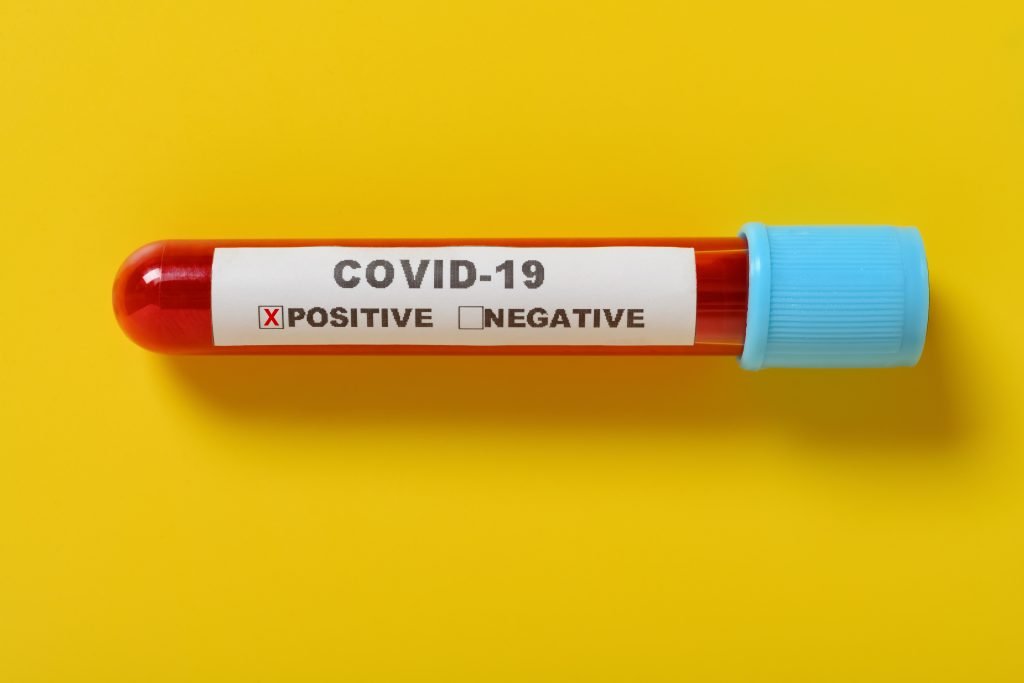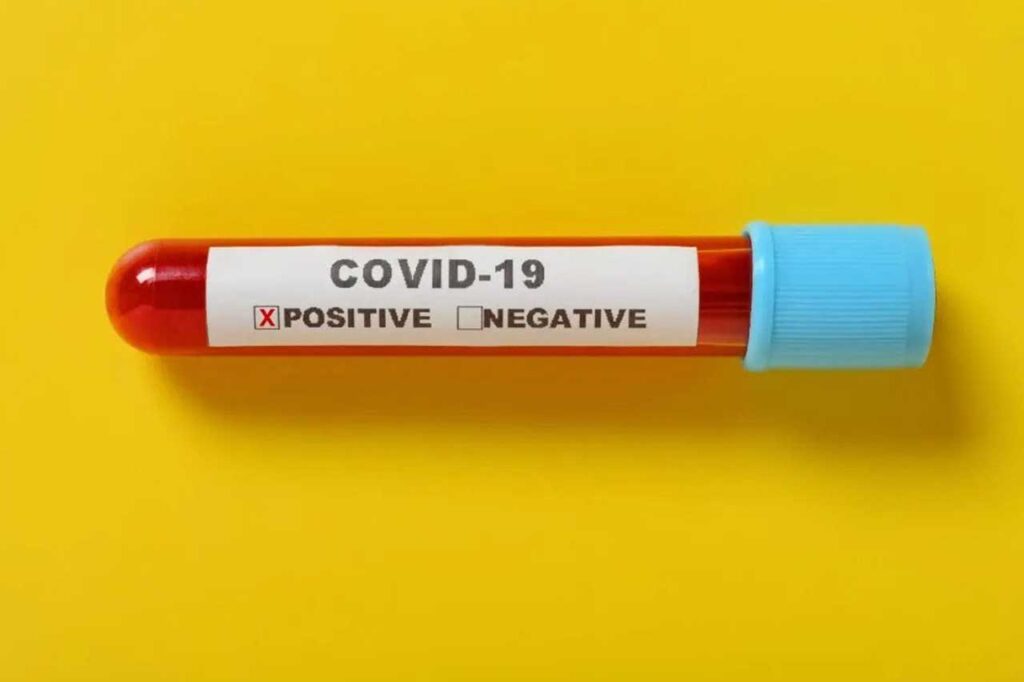
Article by Lalita Panicker, Consulting Editor, Views and Editor, Insight, Hindustan Times, New Delhi
The UK is nearly “flying blind” when it comes to COVID this autumn, experts have said, amid an increase in cases. While the UK Health Security Agency (UKHSA) continues to track some metrics of COVID, including hospitalization numbers, many of the community surveillance studies tracking infection levels have finished. www.theguardian.com/world/2023/aug/05/uk-almost-flying-blind-on-COVID-this-autumn-experts-say?
Now experts have said the situation is leaving the country in the dark about how COVID may play out in the months ahead.
Christina Pagel, a professor of operational research at University College London, said a new wave of COVID appeared to be under- way – possibly driven by waning immunity, new variants of Omicron, and factors including poor weather keeping people inside. With the autumn coming on and people returning to school and work, COVID pressures may increase, Pagel added.
As well as public health measures including reintroducing high-quality masks within healthcare settings, Pagel said she would support bringing back the nationwide infection survey published by the Office for National Statistics for autumn and winter, as well as expanding it to cover flu and RSV.
Failing that, she said, wastewater monitoring should be reinstated across the UK as a cheaper alternative that is used in many countries to track COVID prevalence and variants. Such schemes have recently been cut in England and Wales.
Prof Rowland Kao, an epidemiologist at the University of Edinburgh, also highlighted the decline in surveillance.
“With seasonal flu, we have of course a certain amount of predictability with the many years of data. However, with COVID, now that we don’t have those multiple data streams to rely on, it’s harder to say what is happening [in the general population],” he said.
Kao added that the variant emergence patterns for COVID were largely unknown and COVID was not simply following seasonal patterns.
Experts have also raised concerns about the UK’s vaccination programme as the autumn approaches.
Prof Danny Altmann, an immunologist at Imperial College London, said while COVID was on the rise, it had started from quite a low level and the “mildness” of COVID now was largely because most people were still within a year or so of having had three vaccine doses.
“The immune-evasion mutations continue to emerge and cross-protection is looking ever more precarious. Meanwhile, immunity beyond one year wanes appreciably,” Altmann said, adding it was important to plan for another round of boosters and consider which specific vaccine it should involve.
Another vaccination campaign, with eligibility based on health conditions or age, is expected to be launched later this year, according to the UK Health Security Agency (UKHSAS). The agency says it understands conversations about scaling up testing are continuing.
////
The infectious disease institute at the U.S. National Institutes of Health (NIH) will soon have its first new chief in nearly 4 decades. Jeanne Marrazzo, an expert on sexually transmitted infections, will become director of the National Institute of Allergy and Infectious Diseases (NIAID) in the fall. She will succeed Anthony Fauci, who stepped down in December 2022 after 38 years at NIAID’s helm. https://www.science.org/content/article/university-alabama-hiv-researcher-will-head-nih-s-infectious-disease-institute?
Marrazzo, 61, currently directs the Division of Infectious Diseases at the University of Alabama at Birmingham (UAB). A physician and epidemiologist, she has expertise in HIV prevention, vaginal infections, hormonal contraception, and antibiotic resistance. NIH acting Director Lawrence Tabak noted in an announcement today her “wealth of leadership experience” including leading international clinical trials.
Her selection is drawing praise from researchers and AIDS activists. The Infectious Diseases Society of America cited her “innumerable qualifications,” including her mentorship of new infectious disease specialists at UAB. Marrazzo will also be the first openly gay director of an NIH institute.
Some agency watchers note Marrazzo has big shoes to fill. Fauci had become a rare scientist celebrity, from navigating controversy over AIDS drug development in the 1980s to helping lead the White House’s public health response to the COVID-19 pandemic.
///
The US National Institutes of Health (NIH) has announced new clinical trials to test a diverse array of treatment strategies—from an intravenous immune drug to light therapy and a dietary supplement—in people with Long COVID, the disabling syndrome that can follow infection with the pandemic coronavirus. The focus is on mitigating some of the most common and debilitating symptoms including brain fog and sleep troubles. www.science.org/content/article/new-flurry-clinical-trials-nih-finally-seeks-treatments-long-COVID?
Most of the trials will include 100 to 300 people with Long COVID and will start to enroll this year, officials said. One, a multiweek study of the antiviral Paxlovid, has started to sign up participants—it was announced last year but subsequently reduced in size and redesigned to give people a longer course of the drug.
The trials are part of NIH’s RECOVER initiative, which received more than $1 billion in funding from Congress in December 2020 and launched in early 2021. Since then, it has frequently drawn criticism for moving too slowly and not helping Long COVID patients in desperate need of effective care. RECOVER initially focused on defining the post-infection syndrome in part to help quantify the problem and identify risk factors, though RECOVER’s leaders acknowledged at recent press briefing that they still can’t say how many people are affected in the United States. The U.S. Department of Health and Human Services also yesterday announced the launch of the Office of Long COVID Research and Practice, with funding for two staff members.
Although patient advocates and researchers expressed relief at the long-awaited list of trials, they also lamented some of the interventions slated for study. “We ask why the NIH is wasting $ studying computer games to treat brain fog, rather than treatments aimed at the underlying pathology of brain fog,” tweeted Dysautonomia International, which advocates for research into disorders of the autonomic nervous system, the peripheral nerves that control blood pressure, heart rate, and other involuntary functions of the human body. Few of the proposed therapies directly address suspected drivers of the syndrome, which has been tentatively linked to certain immune abnormalities, blood clotting, and a persistence of SARS-CoV-2 virus in some tissues.
Among the RECOVER trials are efforts to target neurologic symptoms with a web-based brain training program and a device for transcranial stimulation; treatments for autonomic dysfunction including immune globulin, a mix of antibodies given intravenously to bolster immunity, and a drug called ivabradine, which can lower heart rate; and melatonin, light therapy, and a stimulant for abnormal sleep patterns.
NIH also announced an overhaul of a larger trial testing the antiviral Paxlovid. One popular theory is that people with Long COVID have lingering virus in their bodies, and clearing it may help them. That study was first described last year, with a plan to enroll 1700 people evenly divided between Paxlovid and placebo for 15 days. The trial will now include 900 people, with one arm of the study getting Paxlovid for 25 days. “We were able to get some good feedback” from the U.S. Food and Drug Administration “and others to beef up the design,” said trial leader Kanecia Zimmerman of Duke University at the press conference.
“I’m glad to learn that one arm of the Paxlovid trial will now include 300 patients on the drug for 25 days,” says Amy Proal, a microbiologist at the PolyBio Research Foundation and co-leader of the LongCOVID Research Consortium, which has been trying to jump-start research into the syndrome. She notes that some data suggest extended courses of antivirals, and possibly drugs that target immune dysfunction, may be needed to ease symptoms.
NIH officials said the other treatment trials should be open to patients within 3 months. Many advocates are now impatiently waiting to see whether the studies bear fruit. “We welcome the NIH’s efforts to finally fund much needed and long overdue trials,” The Long COVID Alliance said in a statement. But any results are likely at least a year off, the alliance predicted. “By then,” the group continued, “Long COVID will have been with us for over four years, an unacceptable wait for patients to see meaningful results from this billion dollar investment.”
////
The World Health Organization (WHO) has added treatments for multiple sclerosis to its list of essential medicines—but a new, popular class of obesity drugs didn’t make the cut. www.science.org/content/article/news-glance-long-COVID-trials-fossil-controversy-and-ancient-necklace-restored?
WHO’s Model List of Essential Medicines is updated every 2 years and outlines the basic medications that should be consistently available and affordable in functioning health care systems. Last week, WHO released the latest version, which includes 502 treatments, after an expert committee reviewed dozens of proposals. The list includes multiple sclerosis drugs for the first time, as well as combo medications for preventing cardiovascular disease and monoclonal antibodies for Ebola. But WHO denied a proposal to include GLP-1 receptor agonists, long-time antidiabetic compounds now being used in weight loss drugs such as Wegovy, because of uncertainty about their long-term effects. It also rejected several patented cancer drugs, in part over concerns about affordability.
///
An estimated 8.7 million people still die annually from tobacco related causes, and a new World Health Organization (WHO) report argues anti-tobacco measures should be more widely adopted. https://www.science.org/content/article/news-glance-long-COVID-trials-fossil-controversy-and-ancient-necklace-restored?
For example, just 25% of the world’s population lives in countries with complete bans on tobacco advertising, promotion, and sponsorship (TAPS), according to the report released this week. It finds that overall, 71% of the world’s population—5.6 billion people—are protected by at least one of eight anti-tobacco measures, which include public warnings, raising tobacco taxes, and requiring completely smoke-free indoor public places. WHO estimates that because of the measures, which it launched in 2005, some 300 million people who otherwise would have become smokers did not. Yet only about half of countries have smoke-free private workplaces and restaurants, and 53 lack complete smoking bans in healthcare facilities. Richer countries also lag behind poorer ones in adopting TAPS bans, the report notes.


